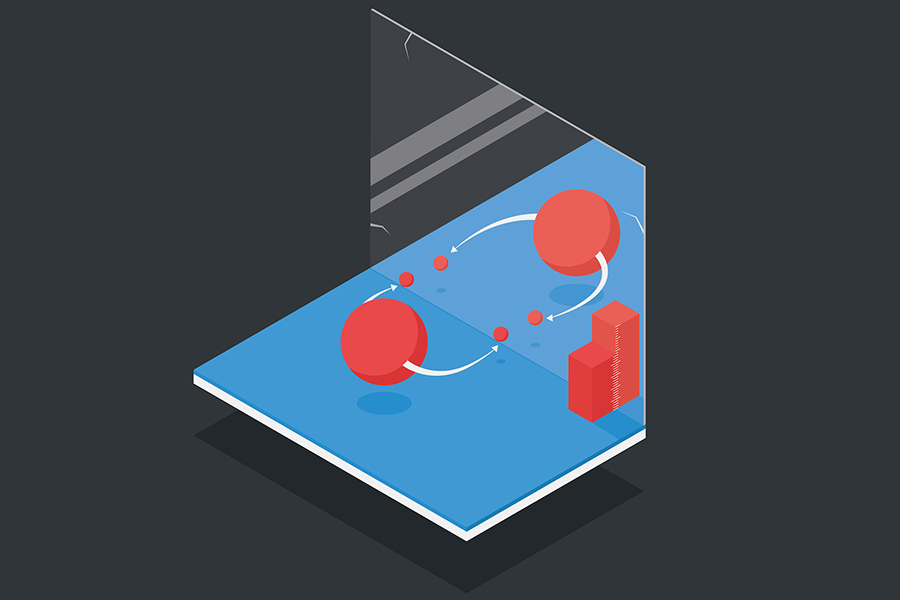The LHCb experiment at the Large Hadron Collider, which involves Russian physicists, has announced the detection of a symmetry violation in the properties of charmed particles and their antiparticles, the so-called CP-violation. The finding was presented at the annual Rencontres de Moriond conference and in a dedicated CERN seminar in La Thuile (Italy). More details can be found on the official website of the collaboration: http://lhcb-public.web.cern.ch/lhcb-public/Welcome.html#CPVcharm.
The head of the MEPhI group in the Belle and Belle-II experiments, Professor David Besson commented on this discovery:
– Charmed particles are particles containing a heavy charmed quark. Prior to this, the difference in the properties of matter and antimatter was observed in particles containing strange quarks and in particles containing beauty-quarks. Detection of CP-violation in another type of particle will help to better understand this fundamental phenomenon. As academician A.D. Sakharov said, CP-violation is necessary for the emergence of the dominance of matter over antimatter in the Universe. However, the mechanism of CP-violation discovered so far is insufficient to explain the dominance of matter over antimatter in the Universe. The search for new mechanisms of CP-violation will be continued.

CP-transformation replaces the particle to the antiparticle and a system to its mirror image (CERN illustration)
MEPhI participates in the experiments Belle and Belle-II on the basis of the accelerator facility KEK, located in Tsukuba (Japan). Over the past two decades, Belle's data analysis has greatly improved our understanding of CP-violation in the decays of beauty particles. The work of Russian researchers has also opened a new class of subatomic particles that do not fit into standard descriptions of matter. The Belle-II experiment, which will begin to gather data in 2019, will expand the amount of Belle data by more than ten times and provide new information about the fundamental properties of the construction of our Universe.





